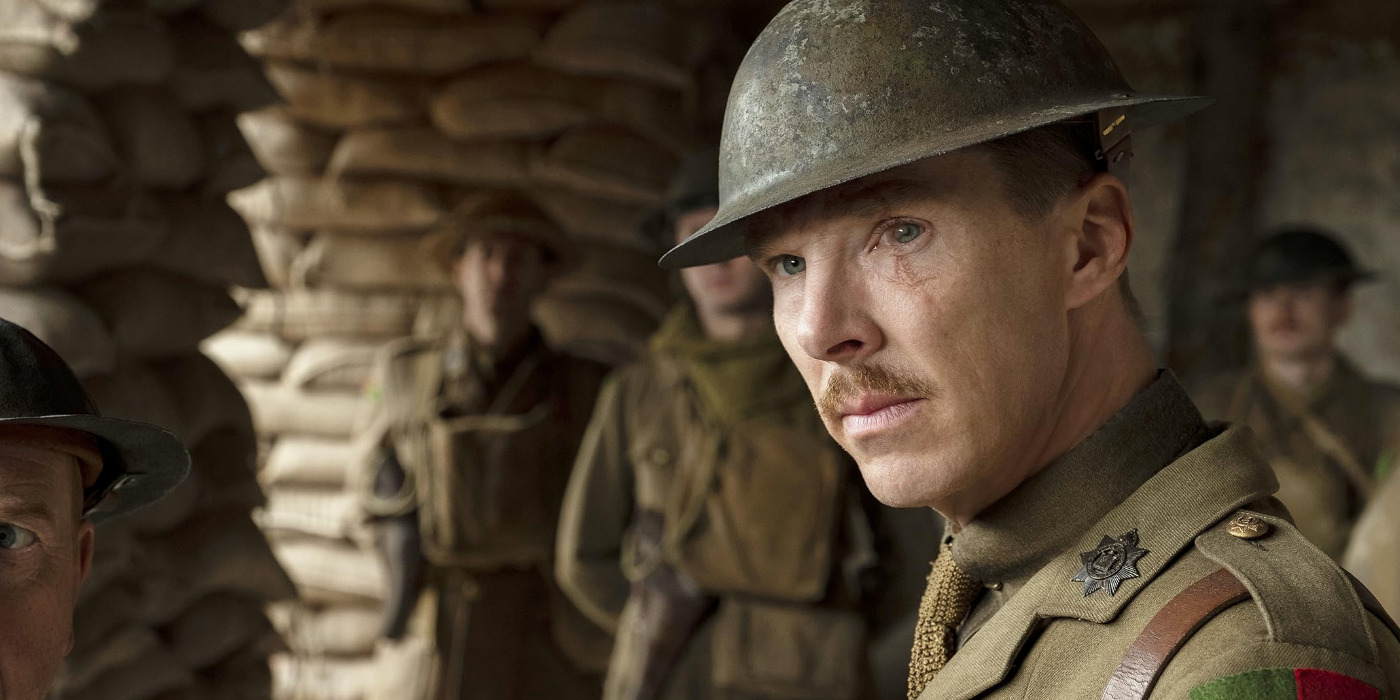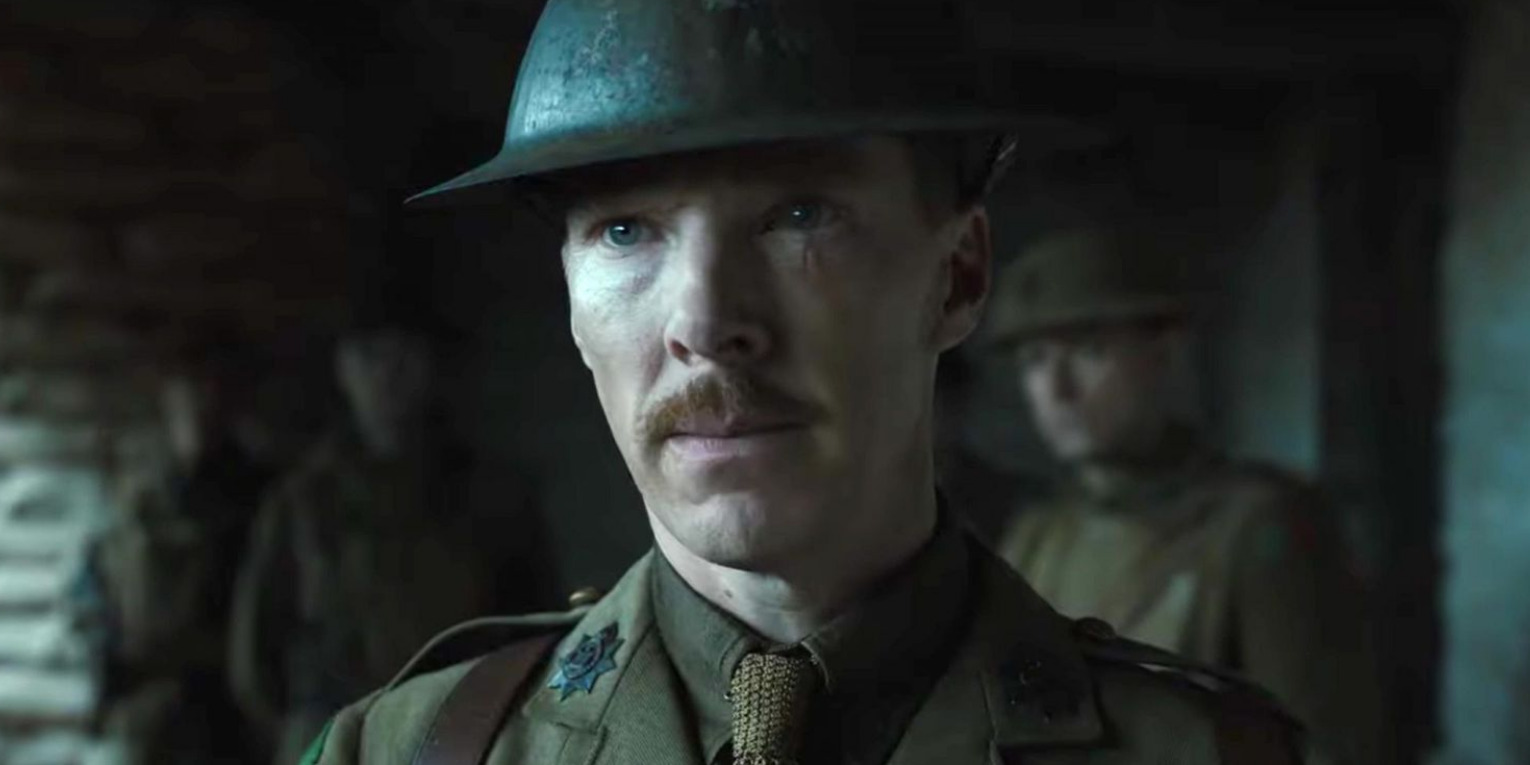Unraveling in the trenches of World War I, ‘1917,’ directed by Sam Mendes, presents a concentrated tale about two soldiers on a mission to deliver a life-saving message to another Battalion. In April of the eponymous year, as the German forces pull back from their position on France’s Western Front, General Erinmore realizes that the enemy has set up a trap that the Devons 2nd Battalion was about to walk into. Thus, with radio transmissions down on account of recent bombings, the General picks two Lance Corporals, Tom Blake & Will Schofield, to travel across the No Man’s Land through enemy territory and warn Colonel Mackenzie against his upcoming doom.
Consequently, Mackenzie’s planned attack on the German forces dictates the tale’s stakes, putting 1600 lives in direct danger should Blake and Schofield fail in their task. Therefore, given the narrative significance of his actions, Mackenzie, in charge of the 2nd Devons Battalion, must have stirred the audience’s intrigue regarding his basis in real history.
Colonel Mackenzie: A Fictionalized Addition Within a Historical Context
‘1917’ shares a nuanced relationship with reality. While real-life historical accounts inspire the film’s base premise, plenty of creative liberty is equipped to round out the same premise and bring various characters and their situations to life. Consequently, characters helming a more supporting role within the story end up with fewer ties to reality than the central characters, Blake and Schofield. Benedict Cumberbatch’s Colonel Mackenzie, preparing his Devon 2nd Battalion for an attack on the retreating German forces, remains one such character.

The film depicts the aftermath of the German forces’ abrupt retreat to the Hindenburg Line in 1917, which poses an opportunity for the British soldiers to plan a surprise attack on their enemy. Nevertheless, a day before the attack, the British see the retreat for the trap that it is and send out a pair of soldiers to intercept Colonel Mackenzie before he unwittingly leads his troops into the jaws of trouble. Therefore, Mackenzie’s presence in the story remains intricately tied to a specific historical event. The Germans’ withdrawal from their frontline trenches on the Somme in the Western Front is an actual instance that unfolded in real life.
However, rather than a retreat allowing the potential for setting up a trap, the withdrawal was more of a strategic decision by the Germans to consolidate forces and shift focus on the Eastern Front. Furthermore, the British and French forces were less privy to the withdrawal until its execution since most of it was conducted under the night’s cover with several precautions in place. Therefore, their reaction to the development left them with scope for surprise and caution rather than an immediate compulsion to attack.
Still, in certain places, the build-up to the Germans’ withdrawal wasn’t as much of a secret, opening up the avenue for a daring offensive undertaking. General Franchet d’Esperey, known among the British as “Desperate Frankie,” initiated the proposal to attack the Germans with tanks while their defenses were lowered in preparation for the retreat. Nonetheless, the French commander-in-chief, Robert Nivelle, rejected d’Esperey’s plan on March 4, nipping it in the bud before it could grow into a full-fledged attack.
As such, even though there aren’t any records of any British army official leading the same plan of attack as Mackenzie during the Germans’ move to the Hindenburg Line, the historical context behind the on-screen Colonel’s narrative persists. Thus, with Franchet d’Esperey as the closest point of historical reference, Mackenzie and his narrative remain confined to the fictionalized narrative of ‘1917.’ Ultimately, while the character exists within a historical setting and retains a plausible storyline, there isn’t any real-life counterpart or instance that matches Mackenzie’s experiences.
Read More: The True Story Behind 1917, Explained


You must be logged in to post a comment.